Welcome to the latest edition of workout Wednesday when each week I share a new running or strength training for runners workout. This week we are talking about speed for the distance runner. If you are a long distance runner training for a 10K, half or full marathon, then this is the workout that will help you progress.
Long intervals are speed intervals from 1/2 mile to two mile repeats with shorter periods of recovery. Long intervals are great for distance runners midway in their training cycle who want to improve their race times.
BENEFITS OF LONG INTERVALS FOR DISTANCE RUNNERS
- Trains the cardiorespiratory system
- Trains fast twitch muscle ability which means improved speed and power
- Trains mental strength to endure longer intervals at an uncomfortable pace
- Increases strength and promotes an efficient running form
- Helps increase the anaerobic threshold which means you can run faster with less effort
- Helps prepare for faster paces during longer races
Convinced these are worth your time? Great. Now like any good running coach, let me warn you of the potential pitfalls. Intervals workouts should generally be introduced into your training plan after an aerobic base has been established.
When you begin your race training cycle, spend the first 4-6 weeks building mileage at a conversational pace. This period allows your body to adapt to running before increasing the intensity with intervals. You must train your muscles, tendons, joints and ligaments to adapt to the stresses of running before introducing high intensity runs. Speed work may sound fun and exciting (wait. what?!) but if you don't properly prepare for it by building a solid running base first you could end up sidelined with an injury.
It's also important to note that high intensity workouts should be followed by easy effort run days or rest days. Most athletes will thrive on just one or two high intensity runs per week. Work hard and then recover to enjoy the full benefits of the workout.
Coach rant over.
This workout can be done on a track, a treadmill or a flat course if you have (affiliate link--->) a GPS watch to track your distances on the road. This is one I use, you can see it all over my Instagram feed.
LONG INTERVALS WORKOUT
WARMUP
Always start your runs with a proper warmup. Check out this post with my dynamic warmup for runners. It's important y'all (insert my fake Texas accent here).
JOG FOR 1/4 MILE
Jog for the first 1/4 mile at an easy conversation pace at a RPE 4-6. Check out my RPE (rate of perceived exertion) chart to find out what the heck that means.
RUN FOR 1/2 MILE AT AN INCREASED PACE
This pace should feel comfortably hard, RPE 7-8. If you go out too fast you won't be able to sustain your pace for a half mile. You should be pushing yourself, it should feel hard, you shouldn't be able to talk much, but it shouldn't be so hard that you're gassed after one minute. Depending on your fitness it will likely take you 3.5 to 5 minutes to complete. It may take some experimenting to find what that pace is for you.
REPEAT TWO MORE TIMES
Repeat the interval/recovery periods two more times. If you are new to this, you may want to start out by just repeating once. Once you get stronger, as your body adapts, look for ways to continue to challenge yourself, either by running at faster paces, running longer intervals, decreasing rest periods or increasing sets.
COOL DOWN
Walk the last quarter mile to cool down.
Are you training for a big race? Incorporate long intervals into your training cycle to enjoy faster race times.
Like this post? You'll be my new BRF (best running friend) if you share with your friends and followers.


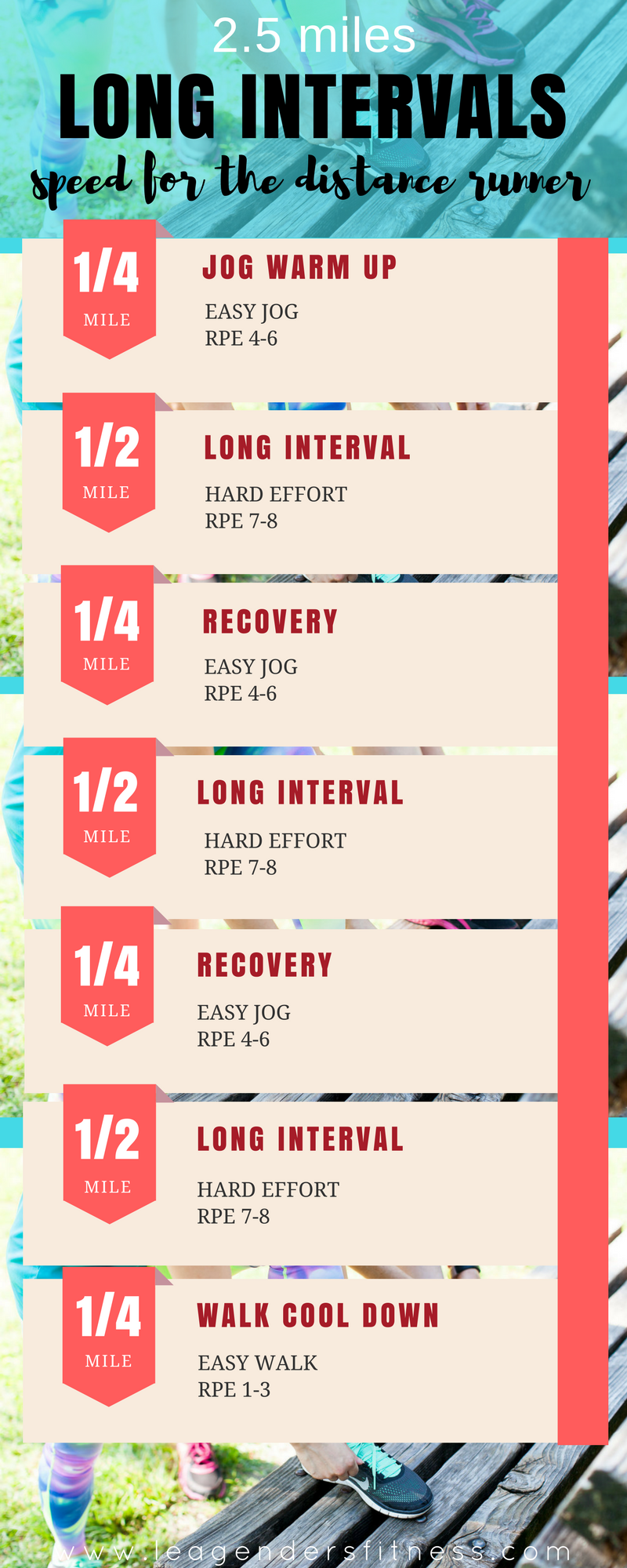


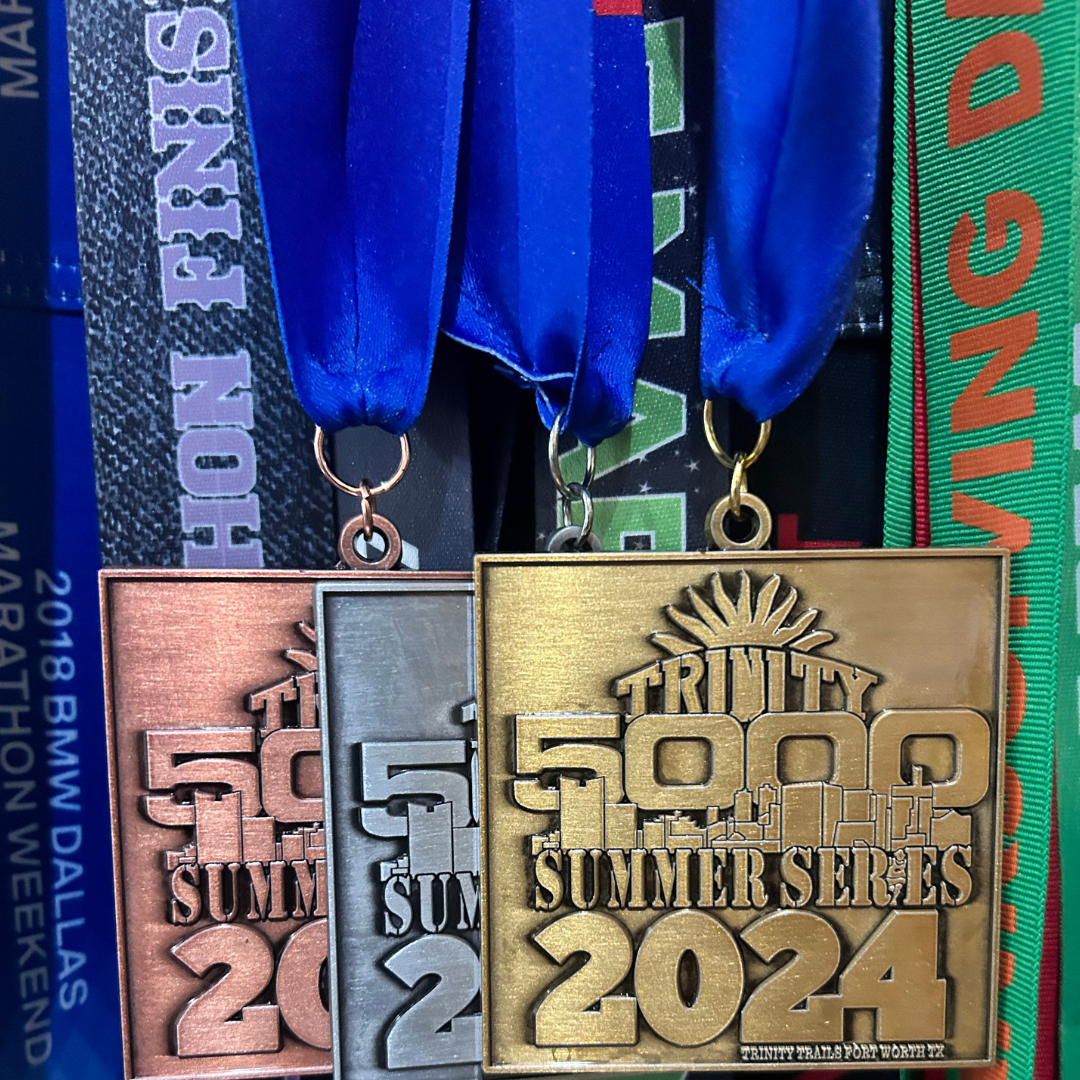











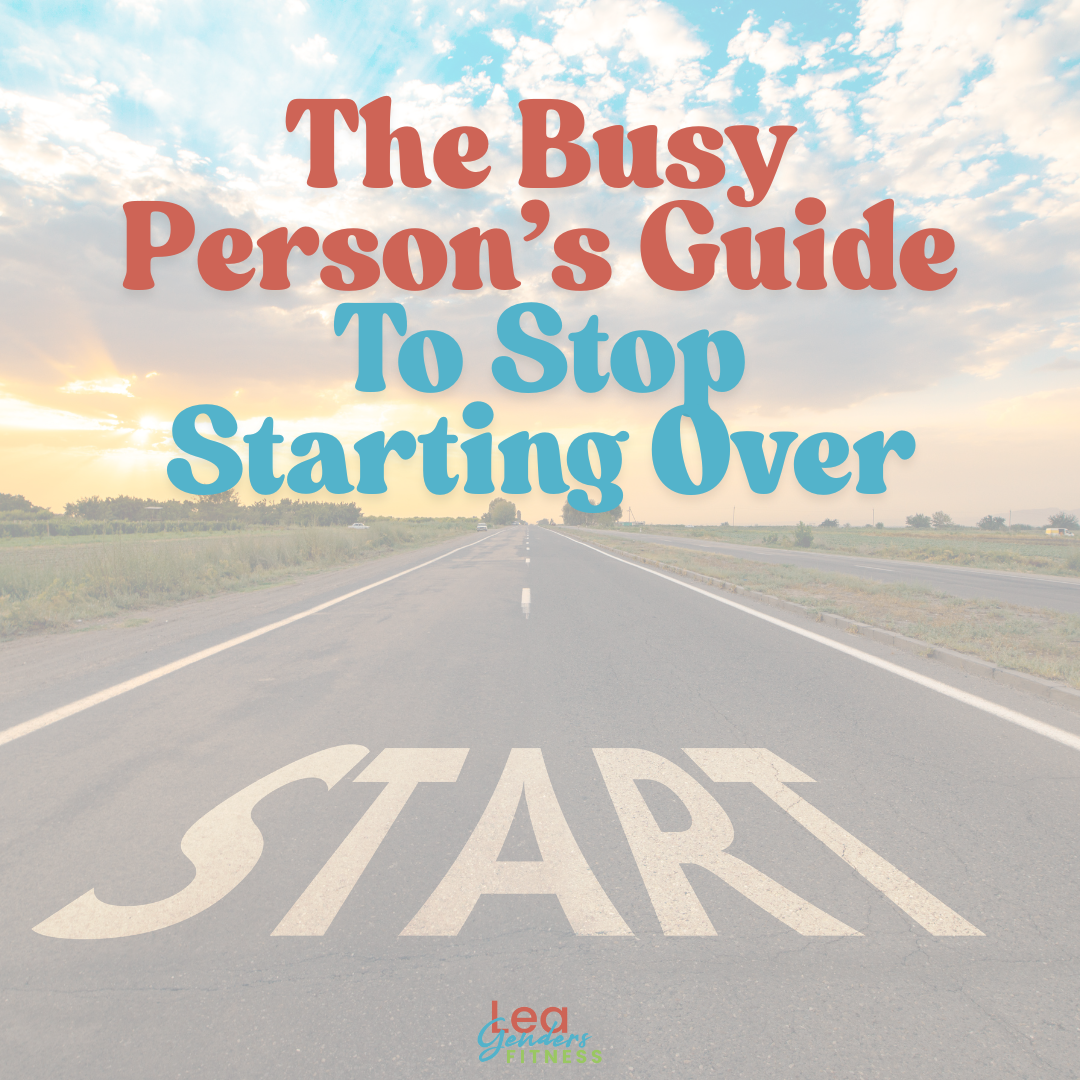





















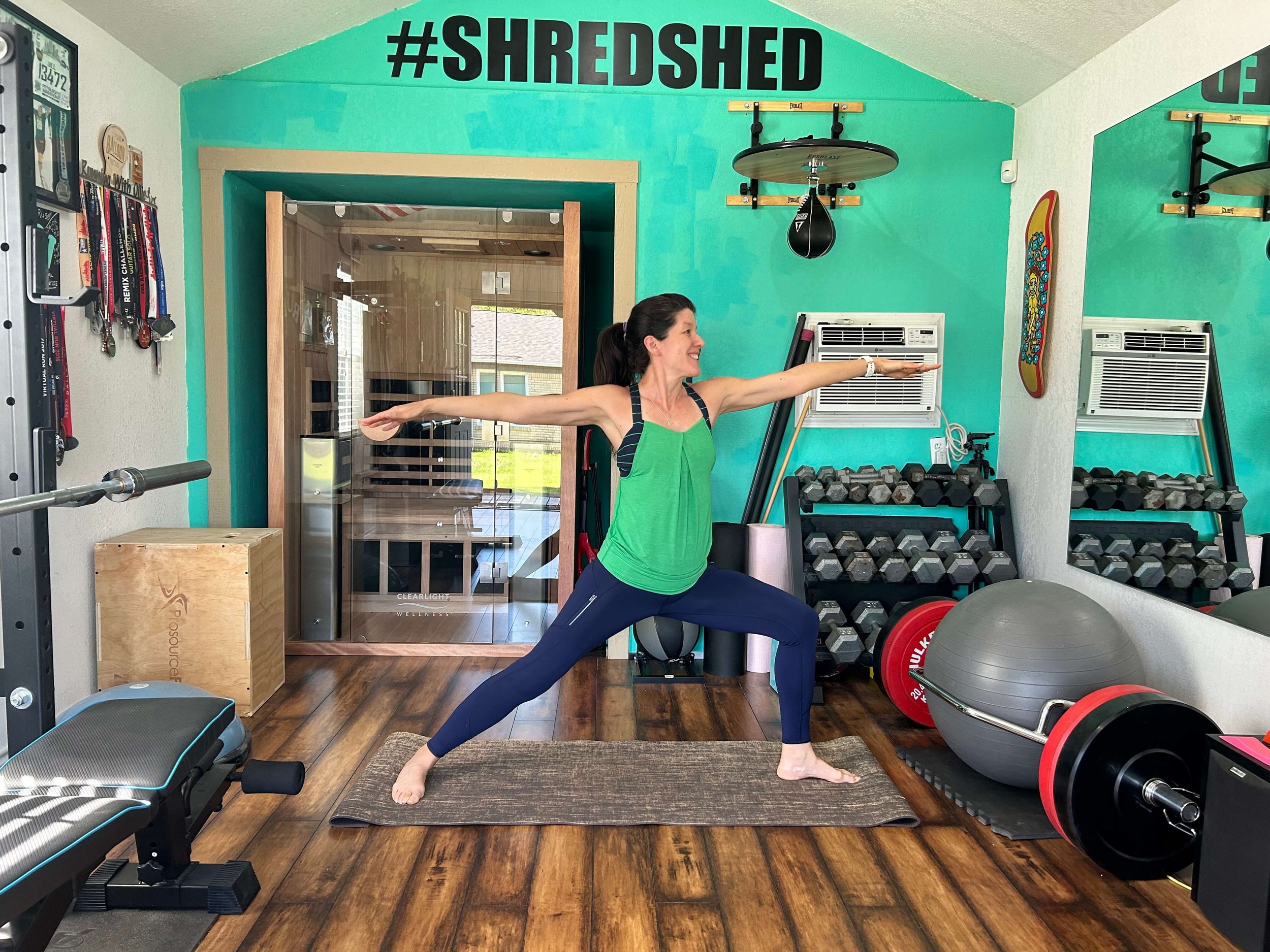

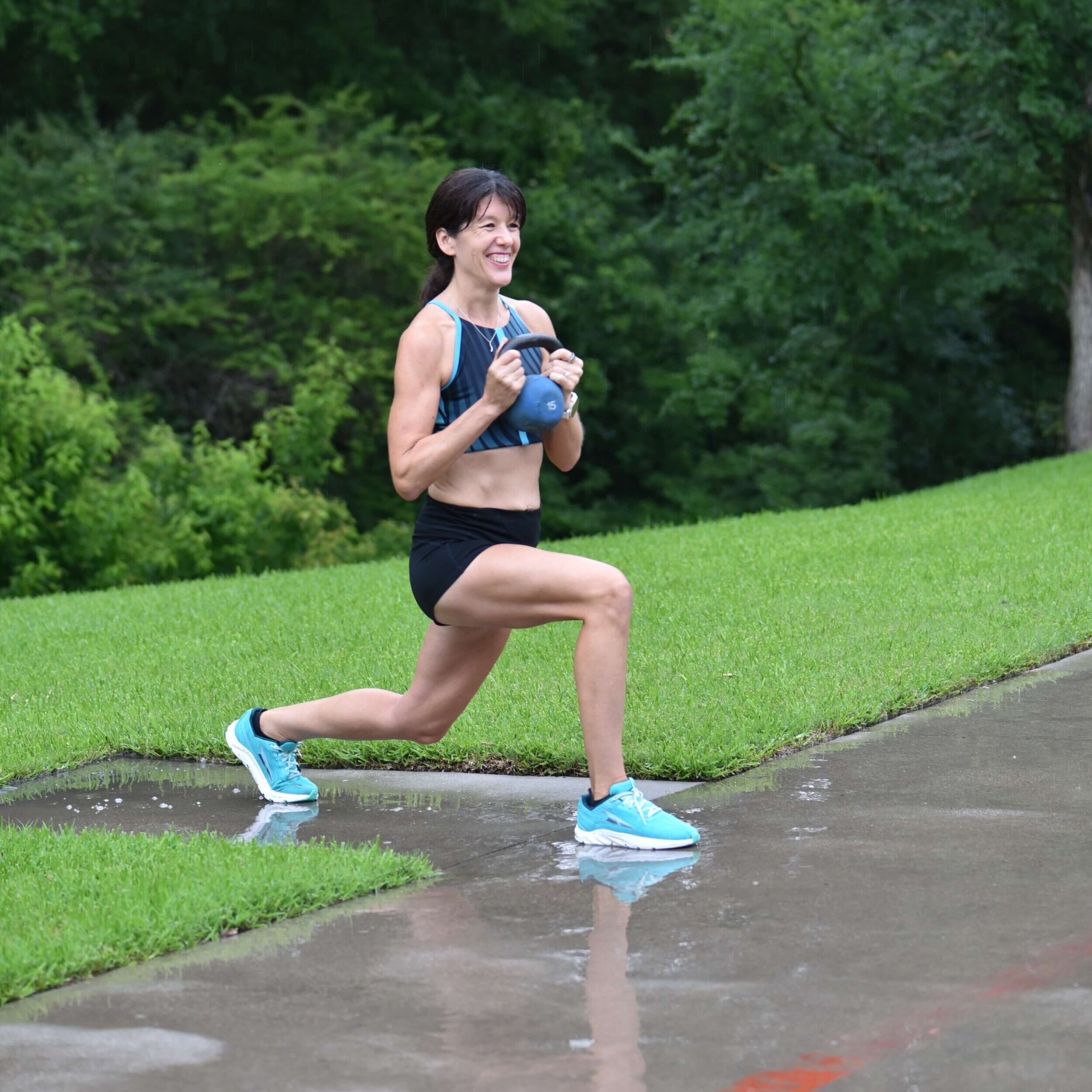

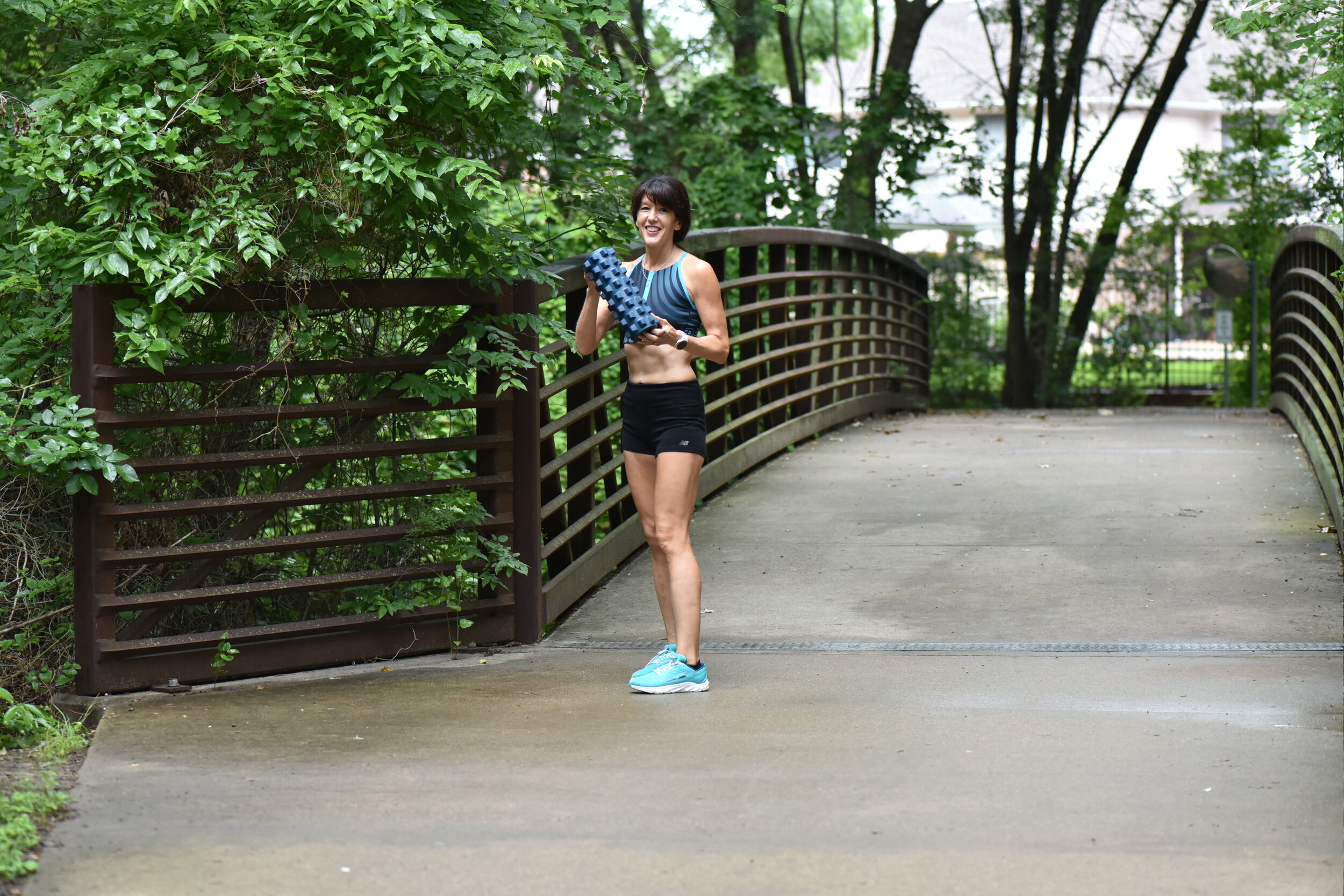



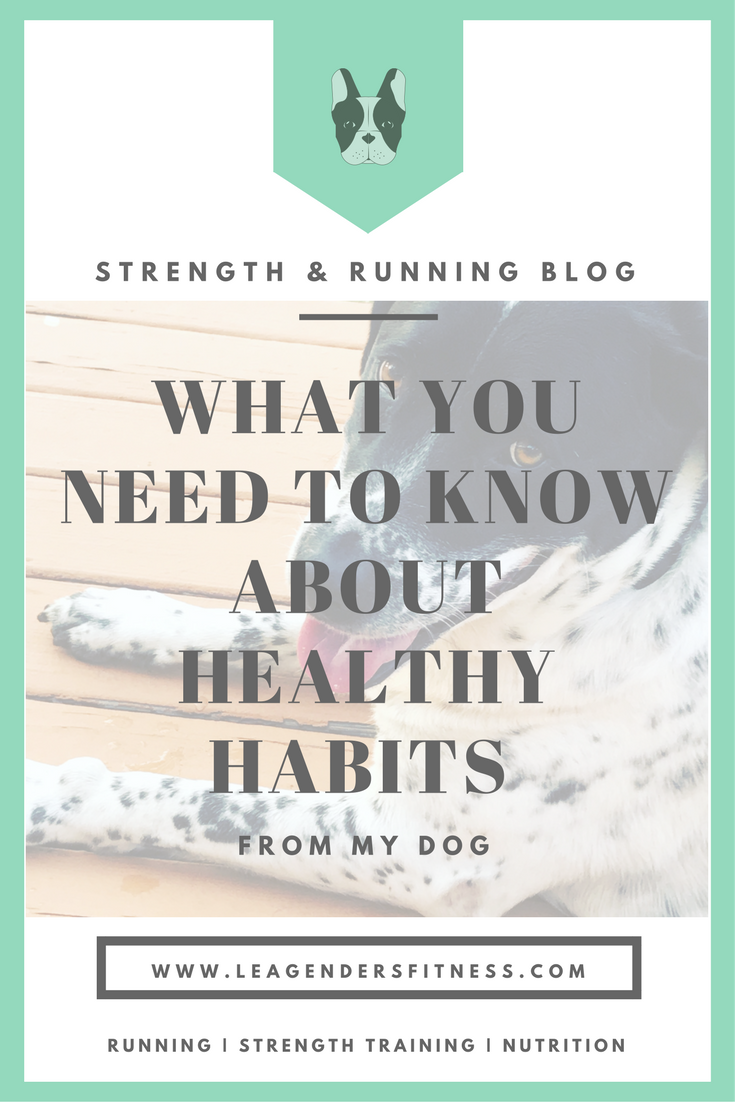



A lot of nutrition guides for half marathon training are overly complicated and aimed at elite athletes, which can be intimidating for the average runner. This blog post is about taking the pressure off by treating your fueling as a personal, no-math-required experiment throughout your 12-to-16-week training cycle. As a health coach and personal trainer, my goal is to give you simple, straightforward guidelines so you can figure out what works best for your body, ensuring you have the energy needed to train well, recover fully, and cross the finish line feeling strong.